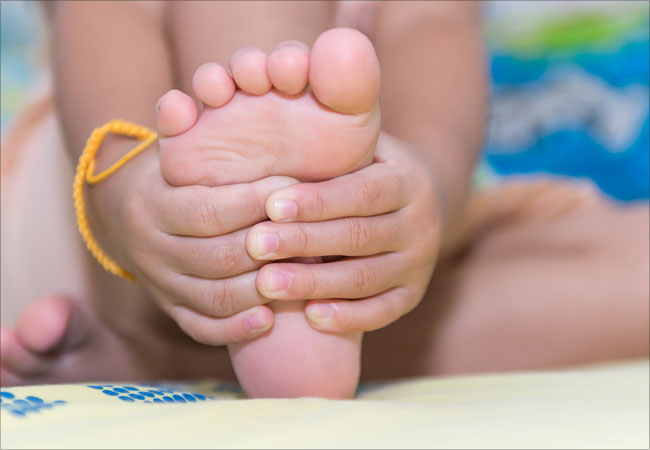What are tendinopathies and how are they treated?
Tendons are what connect your muscles to bones, so what are tendinopathies and how are they treated? Think of your tendons like a bridge that allows these structures to all move together during activity. They are remarkably strong and help protect your muscles from injury by absorbing the impact and withstanding large amounts of tension. Tendons are crucial in facilitating every move that we make. However, because they are constantly undertaking load, they are prone to injury.
What is tendinopathy?
Tendinopathy is an overuse injury, it is a broad term that describes a condition that causes pain, swelling and functional loss of any tendon around the body. When excessive load is placed upon the tendon it will become irritated and inflamed causing pain. Initially if we allow the tendon to rest it will probably settle down. However, if we continue to excessively overload the tendon, we enter the cycle where damage/overload exceeds the recovery capacity of the tendon and denying the body adequate rest and recovery. And therefore, proper healing and repair is compromised. Resulting in degeneration, weakening and inflammation of the tendon. The cascade of these events can lead to chronic tendon pain.
Additionally, tendons don’t have a rich supply of blood compared to other structures in the body. Meaning when it gets injured it lacks the supply of nutrients needed for its repair and healing resulting in prolonged recovery time. Therefore, we need to be patient with tendons as they can take a while to heal. Common tendinopathies you may have heard of are achillies, patella, rotator cuff or gluteal tendinopathies.
Common symptoms of tendinopathy:
Tendinopathies occur in the areas that endure a lot of strain and use and are characterized with the following:
- Localised pain along the tendon.
- Increased pain as load increases
- Pain will reduce after warming up, but will return post cool down
- Morning stiffness
- Reduced range of motion
- Tenderness on palpation
- Local swelling
- Muscle weakness in the affected area
Causes of tendinopathy:
- Sudden shock to the system – increase in load, intensity or duration of activity (pre-season training, spike in running training, repetitive movements)
- Excessive load
- Deconditioning of muscles – too much load placed on the tendon
- Inadequate footwear
- Poor biomechanics leading to the tendon being overloaded
- Co-existing medical conditions: RA, diabetes, thyroid issues
Treatment and management for tendonitis
Everyone’s road to recovery is different as their pain is unique to them. Based on your condition, triggers and goals we can develop a personalised care plan that is tailored to your needs.
Your treatment at Williamstown Health & Lifestyle can include the following:
- Manual therapy
- Massage
- Exercise prescription – tailored rehab program
- Activity modification
- Laser therapy
- Shockwave therapy
Unfortunately, there is no quick fix to tendinopathies. They take time to heal and get back to full function. However, they remain a strong structure, and they have a fantastic ability to adapt and get stronger with exercise. Tendons respond well to graded exercise and appropriate rest.
Come in to get the right advice on how to modify and manage your training or book here now and get back to what you love doing most.

Gabby Leyonhjelm
Osteopath & Clinical Pilates Instructor
References:
Abat, F., Alfredson, H., Cucchiarini, M. et al. (2017). Current trends in tendinopathy:consensus of the ESSKA basic science committee. Part I: biology, biomechanics, anatomy and an exercise-based approach. Journal of experimental orthopaedics, 4(18), p1-11. https://doi.org/10.1186/s40634-017-0092-6
Lipman, K., Wang, C., Ting, K., Soo, C., & Zheng, Z. (2018). Tendinopathy: Injury repair and current exploration. Drug design, development and therapy, 12, P591-603. https://doi.org/10.2147/DDDT.S154660




